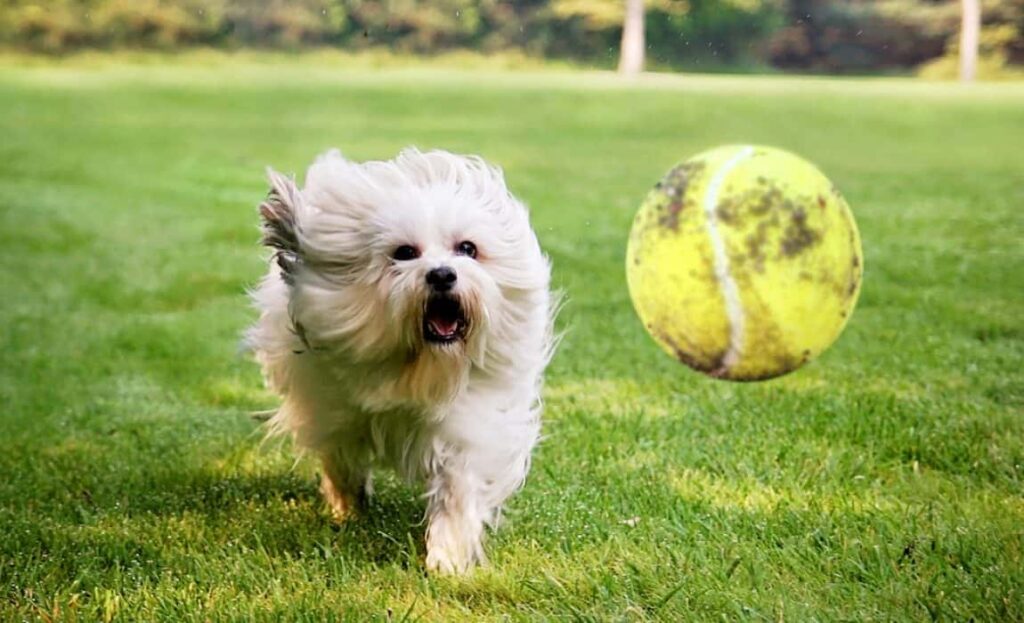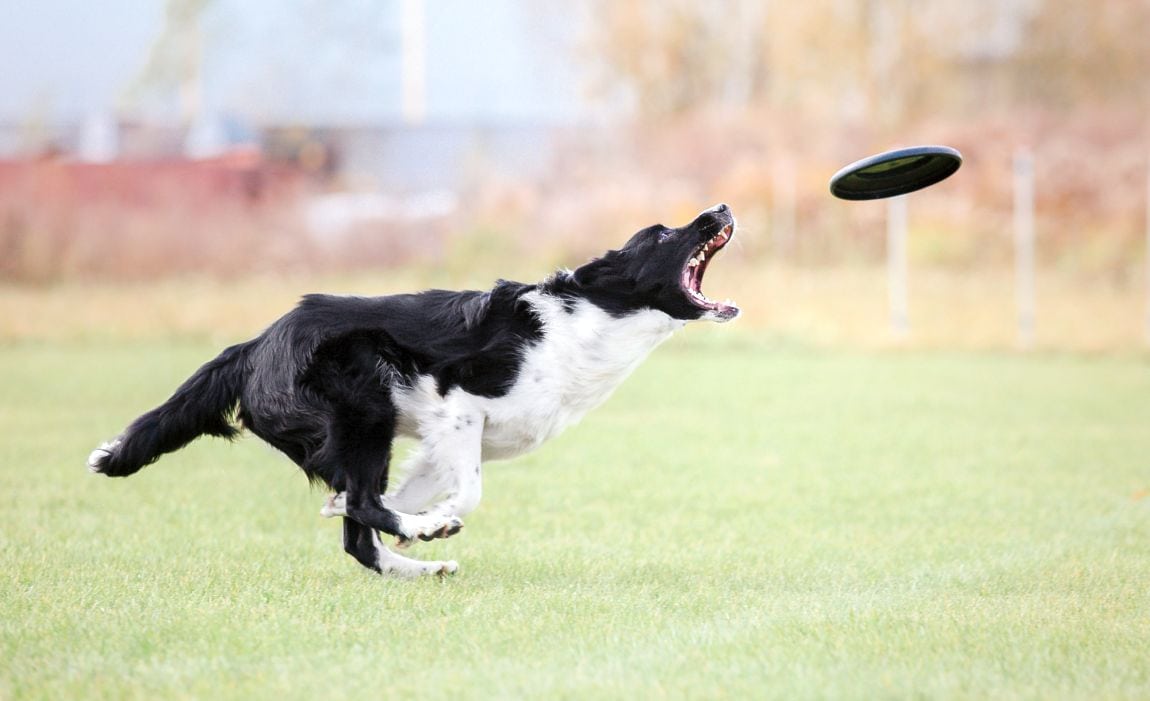How to Teach A Dog to Fetch: A Comprehensive Guide for New Dog Owners
Playing fetch is a great way to bond with your dog and provide them with some exercise. But what if your furry friend doesn’t know how to play this classic game? Don’t worry – teaching your dog to fetch is easier than you think. Here’s a step-by-step guide on how to teach a dog to fetch.
How to Teach A Dog to Fetch: Your Go-To Step-by-Step Guide
Step 1: Choose the Right Toy
The first step in teaching a dog to fetch is finding a suitable toy. Most dogs love balls, but you can also use a frisbee or a soft toy. Ensure that the toy is appropriate for your dog’s size and breed. If your dog is a heavy chewer, choose a toy that can withstand some wear and tear.
Step 2: Get Your Dog Interested
Before you can teach your dog to play fetch, they need to be interested in the toy. Start by playing with the toy and getting your dog excited about it. You can throw the toy in the air or roll it on the ground. Your dog may start to chase it, which is a good sign.
Step 3: Add the Cue
Once your dog is interested in the toy, it’s time to add the cue. Say “fetch” in a clear and upbeat tone, and throw the toy briefly. Your dog may not fetch the toy the first time, but that’s okay. Repeat the cue and encourage your dog to retrieve the toy.
Step 4: Reward Your Dog
When your dog retrieves the toy, reward them with praise and a treat. This will reinforce the behavior and encourage your dog to continue playing fetch. You can also utilize a clicker to mark the behavior and treat your dog when they bring the toy back to you.

Step 5: Consider Your Dog’s Breed and Age
Some dogs may be more naturally inclined to play fetch than others, depending on their breed and age. For example, retrievers are known for their love of fetching, while some smaller species may be less interested. Additionally, puppies may need more attention span or coordination to play fetch for extended periods. Be patient with your dog and adjust your training methods accordingly.
Step 6: Increase the Distance
As your dog gets more comfortable fetching the toy, you can gradually increase the distance. Start by throwing the toy a little farther each time. If your dog doesn’t bring the toy, you can walk with them to the toy and encourage them to pick it up. Remember to use the cue “fetch” each time you throw the toy.
Step 7: Practice, Practice, Practice.
The key to teaching your dog to play fetch is to practice regularly. Make sure you keep training sessions short and fun for your dog. If your dog gets bored or tired, take a break and return to it later. Your puppy will soon be a fetching pro with enough patience and consistency.

Step 8: Break It Down Into Steps
If your dog struggles to learn how to play fetch, try breaking it down into smaller steps. For example, you can interest your dog in the toy without adding the fetch cue. Once your dog is excited about the toy, you can add the fetch cue and gradually increase the distance.
Step 9: Make It Fun
Playing fetch should be a fun experience for you and your dog. Keep training sessions light and playful, and don’t get frustrated if your dog doesn’t immediately understand what you’re trying to teach them. Keep things upbeat and fun, and your dog will be more likely to want to continue playing.
Step 10: Don’t Overdo It.
While playing fetch is a great way to exercise your dog, it’s important not to overdo it. Too much running and jumping can be hard on your dog’s joints, significantly if they are still growing. Ensure you give your dog plenty of breaks, and don’t push them too hard. You can also ask your veterinarian for any concerns about your dog’s health or fitness.
Conclusion
In conclusion, teaching your dog to play fetch is one of the great ways to bond with your furry friend and provide them with some exercise. Remember to choose a suitable toy, get your dog interested, add the cue, reward your dog, increase the distance, add the drop cue, and practice regularly. With these steps, your dog will be fetching like a champ in no time.
Related Post: How to Make Your Dog Submit To You: Essential Tips to Encourage Trust, Love and Respect From Your Dog







